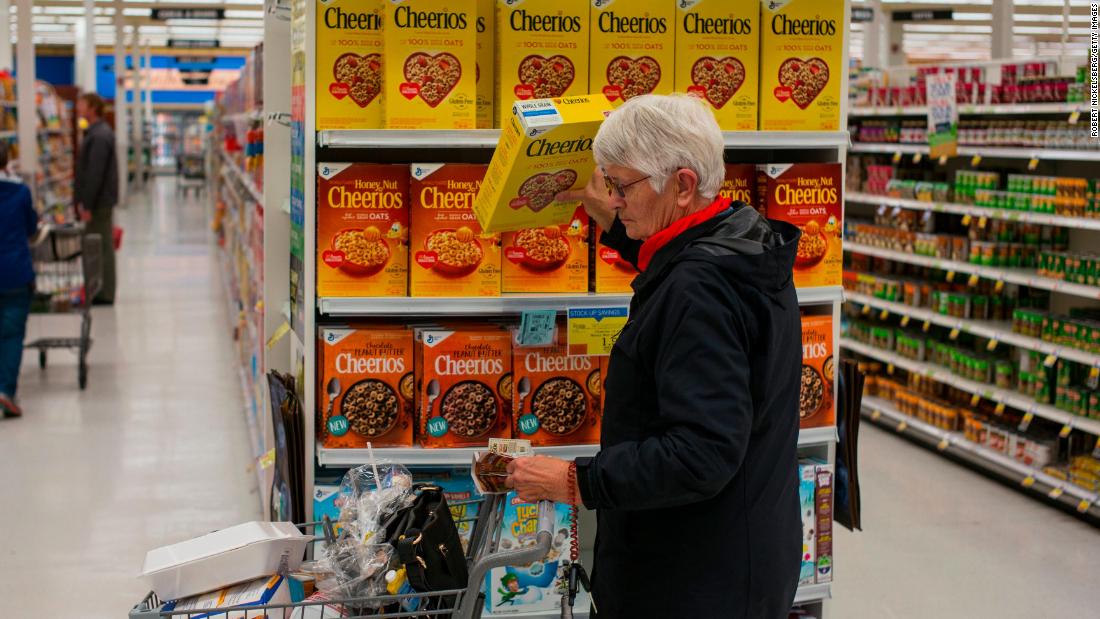[ad_1]
To strengthen the category, General Mills is trying a number of different things, like leaning into nostalgic, sugary cereals and exploring new food trends. It’s also banking on changing demographics in the United States to help boost sales, said Jonathon Nudi, group president of North America retail for General Mills, during a recent investor day presentation.
Those groups have “some of the highest levels of per capita cereal consumption,” Nudi said. By catering to these customers, the company can “drive further category improvement,’ he said.
While Millennials have generally turned away from cereal as a meal -— instead snacking on it during the day or swapping it out for dessert on occasion — kids and older adults who eat cereal still like it for breakfast.
Cereal is popular among parents looking for an easy, convenient way to prepare breakfast for kids, said Alexander Esposito, research analyst at Euromonitor International. And the sweet flavors tend to appeal to children, he added.
For people over 55, cereal is attractive because it offers certain nutritional benefits, like fiber. While Millennials and younger adults tend to care about “ethical labels,” like organic certifications and may try avoid foods that use genetically-modified organisms, for older adults “the health implications are a bit more real,” Esposito said.
Plus, people who grew up eating cereal tend to eat less when they enter the workforce and start eating breakfast on the go, noted John Baumgartner, an analyst who covers food for Wells Fargo. When they hit retirement age, they may return to the habit, he added.
General Mills uses Cheerios in particular to advertise to customers concerned about heart health. A “hearts matter” page on the Cheerios website notes that the Honey Nut Cheerios “makes heart health enjoyable.” The company is doubling down on that messaging this year, Nudi said, “to clearly communicate the health benefits of this product to boomers.”
Honey Nut and regular Cheerios perform well both with children and older adults, said Siemienas. Two other brands that do well with children are Cinnamon Toast Crunch and Lucky Charms, he added. Older adults prefer Wheaties and Fiber One.
To capitalize on the trend, General Mills is trying to appeal to both age groups.
Cheerios is continuing a partnership with Ellen DeGeneres to try to reach to her fans. Reese’s Puffs, geared toward a younger audience, has partnered with rapper Travis Scott. General Mills has also revamped the look of Cinnamon Toast Crunch, decorating the box with “Cinnamojis.”
“They don’t really have to have the cereal category be a growth category,” he said. “As long as it’s flat to slightly up, I think that’s all they really need.”
[ad_2]
Source link



